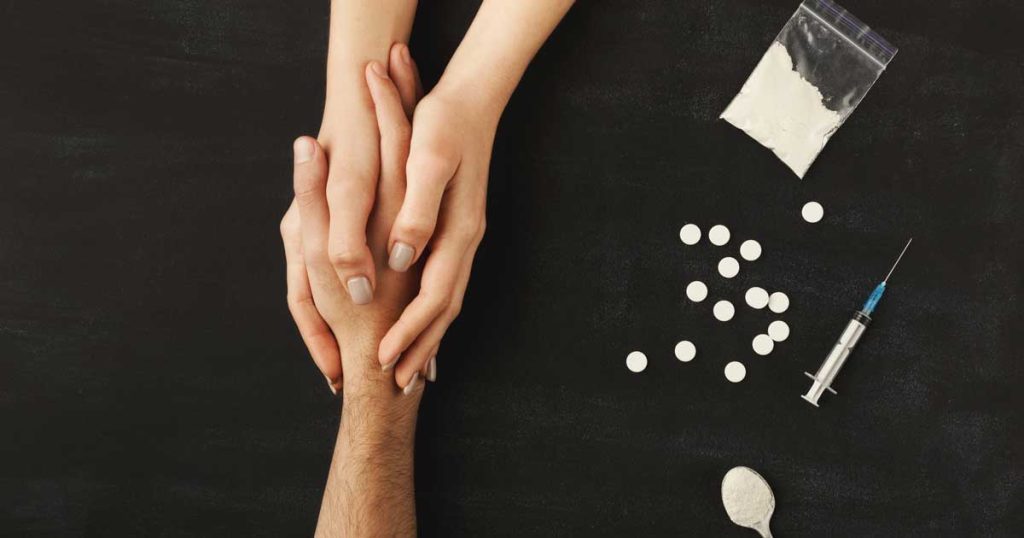
Opioids are powerful medications used to relieve pain, but they also affect brain centers that control reward and pleasure. When used beyond medical guidance—or for longer than prescribed—they can lead to dependency or an Opioid Use Disorder (OUD). Drugs like heroin, fentanyl, prescription painkillers—when misused—pose serious risks including overdoses. Over time, physical tolerance builds, so people often need higher doses to achieve the same effects, which increases danger.
Signs, Symptoms & Physical Effects
Early on, someone might seem fine outwardly, but dependence takes hold. Physical symptoms include withdrawal discomfort (nausea, sweating, shakiness), trouble breathing, digestive upset, and fluctuating energy or sleep problems. Emotional and behavioral changes often accompany the physical ones: cravings become hard to ignore, responsibilities slip, social isolation grows. Long-term misuse can damage organs, raise risk of infections (especially if injecting), and worsen mental health issues like depression or anxiety.
How Treatment Works: Approaches & Programs
Treatment for opioid addiction typically combines several key components. First is medication-assisted treatment (MAT) using FDA-approved medications like buprenorphine, methadone, or naltrexone to ease withdrawal and reduce cravings. Next comes behavioral therapy—cognitive-behavioral therapy (CBT), dialectical behavior therapy (DBT), or motivational interviewing—aimed at helping people understand underlying triggers, change harmful behaviors, and learn coping skills. Residential programs offer immersive, structured environments; outpatient or intensive outpatient programs may follow for those who have stabilized. Aftercare including sober living, peer support, or continued therapy is critical for long-term recovery.
Why The Setting & Duration Make a Difference
The environment in which treatment happens can matter a lot. A residential facility (like the one Spero offers) gives round-the-clock support, removes people from external triggers, and allows focus on healing. Treatment durations vary: some spend 30 to 90 days in residential care, then transition to less intensive settings. Having continuity—medical oversight, supportive therapy, relapse prevention—throughout that journey improves the chance of lasting success.
Support Services & Community Recovery
Treatment doesn’t end with detox or the residential stay. Strong aftercare options—peer support, alumni groups, case management, recovery coaching, and safe housing—help build a new life. Also, many programs include experiential therapy (nature outings, skill-building workshops) to help people regain confidence and purpose. This kind of holistic support helps with emotional health and helps prevent relapse.
Local Rehab Comparisons: Drug & Alcohol Treatment
If you are exploring rehab options nearer to Texas, choosing a Dallas Drug Rehab facility that offers residential programs, MAT, and strong therapy/aftercare can be especially helpful for severe or long-standing opioid addiction. A drug rehab center that understands OUD fully will offer both medical and behavioral support.
In contrast, when alcohol misuse is an issue (either currently or in the past), selecting a Dallas alcohol rehab that treats alcohol dependency together with drugs can make recovery more robust. Alcohol complicates many treatment plans—by affecting emotional triggers, medical risks, or interfering with medications—so integrated care that covers both alcohol and opioid issues tends to produce better outcomes.
Taking the First Step Towards Recovery
Recovery usually starts with acknowledging there is a problem and exploring help. When evaluating programs, useful questions include: “What medications do you use for opioid dependence?” “Do you provide residential or outpatient levels of care?” “What aftercare and support do you offer after the stay ends?” “Is dual-diagnosis support available (for mental health issues)?” With the right mix of medical treatment, therapies, community, and support, it is absolutely possible to move from dependency toward freedom and a healthier life.








